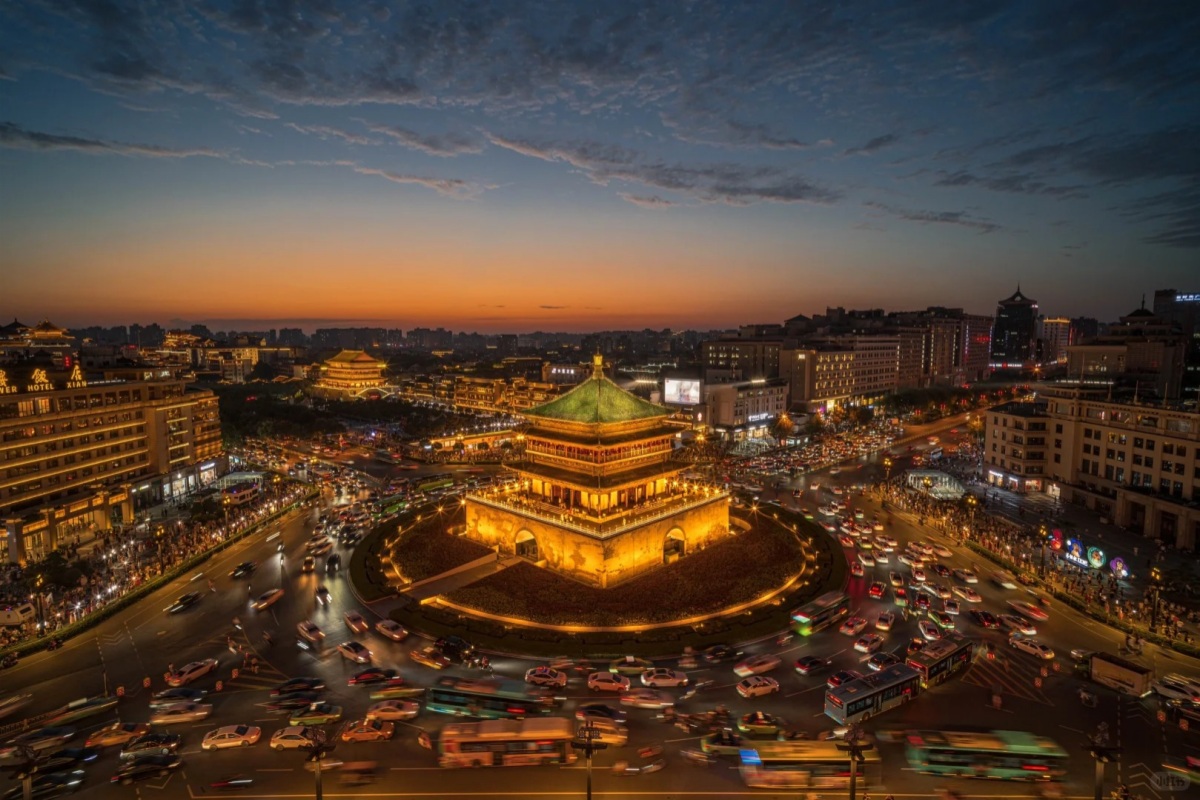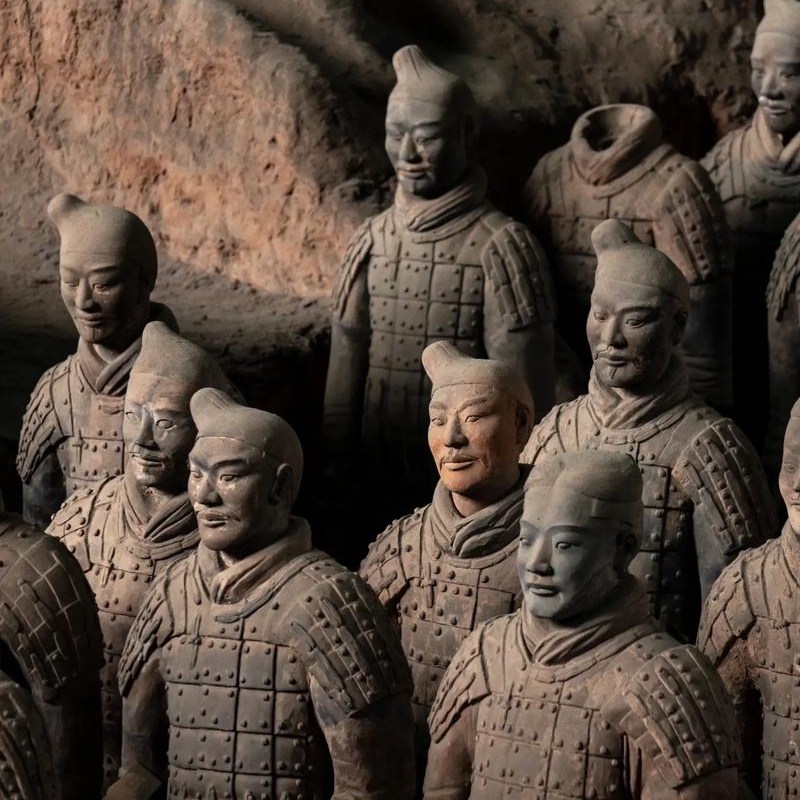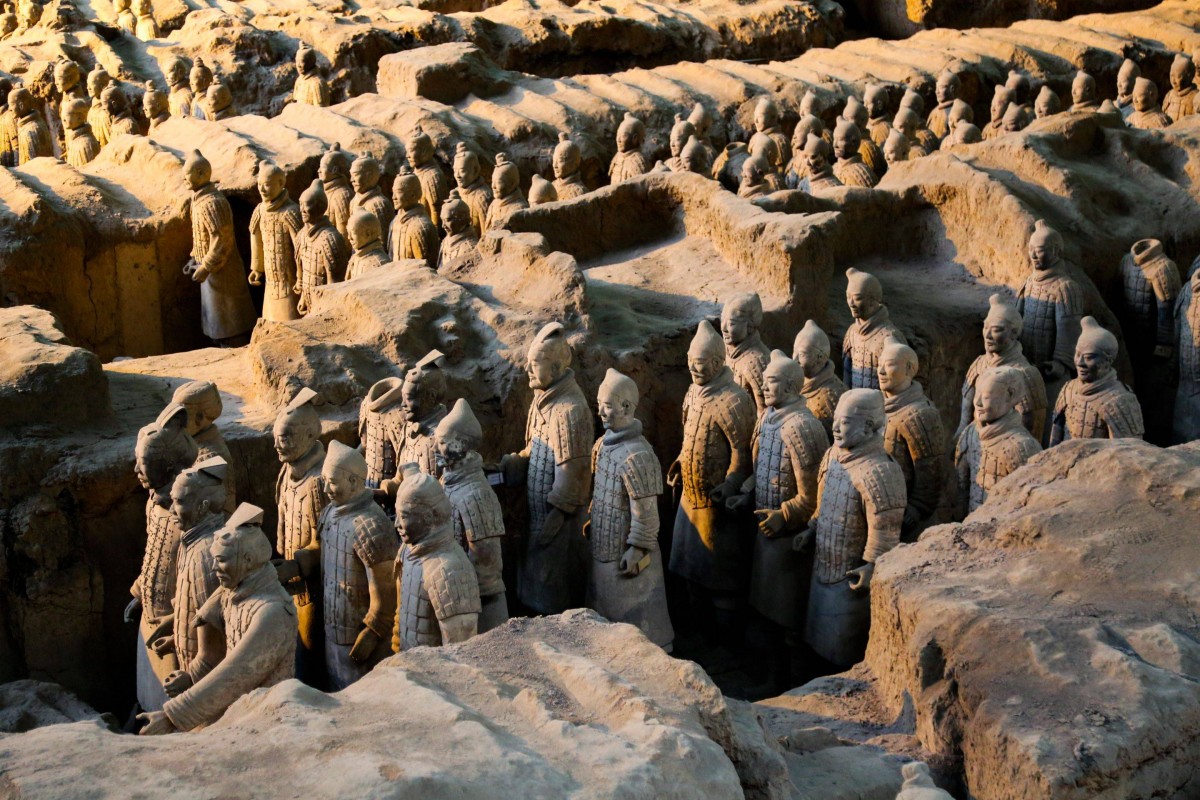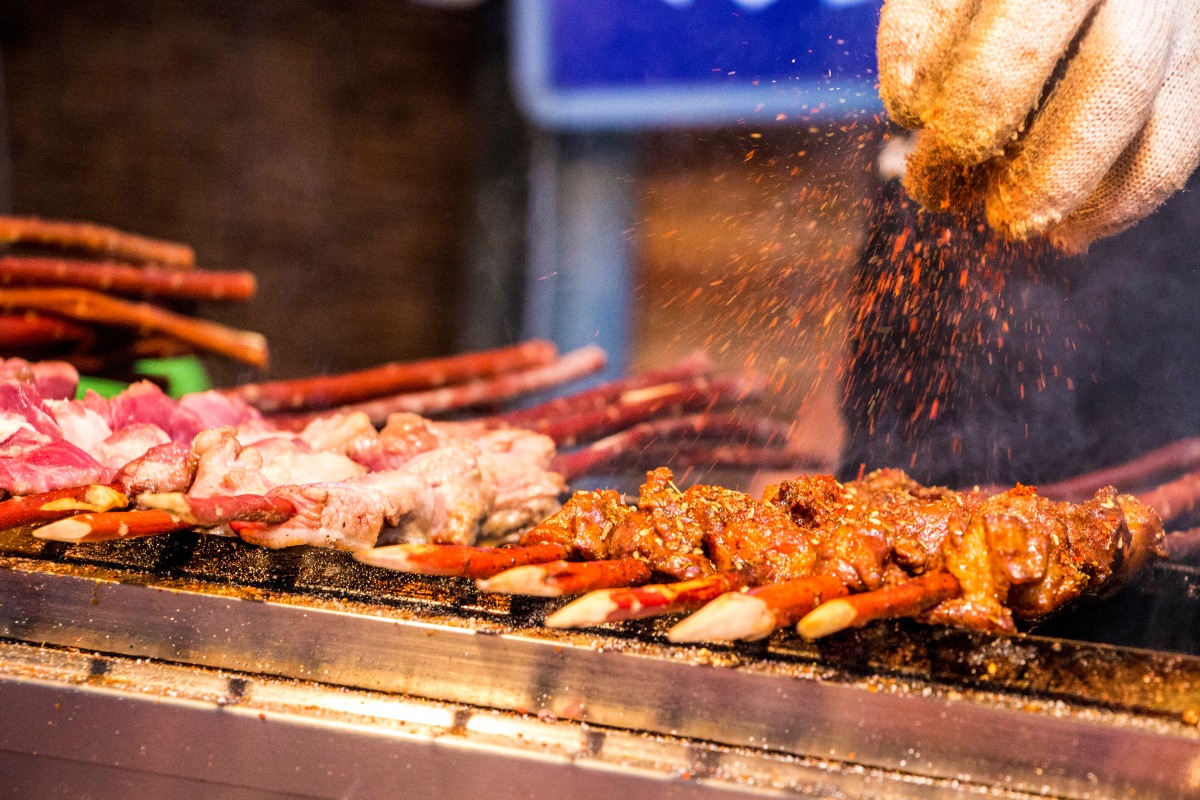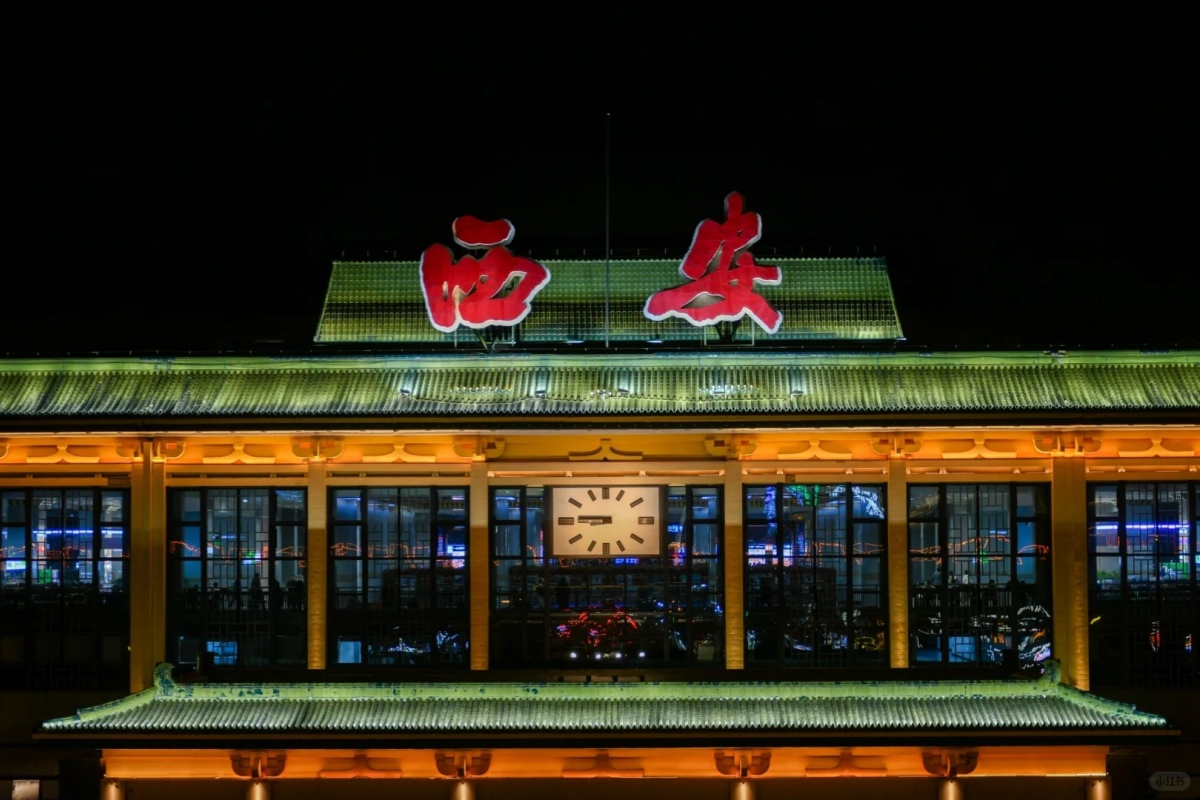Table of Contents
ToggleXi’an is the capital of Shaanxi Province, located in northwestern China. It lies in the central part of the country, serving as a bridge between China’s eastern and western regions. The city is positioned on the Guanzhong Plain, a fertile area surrounded by mountains and rivers. Historically, Xi’an was the starting point of the ancient Silk Road, making it a crucial center for trade, culture, and diplomacy between China and the rest of the world.
Where is Xi’an on Map?
Xi’an is positioned slightly west of the geographic center of China, making it a key transportation and cultural hub. Due to its strategic location, ancient traders and travelers passed through Xi’an as they embarked on the Silk Road journey to Central Asia, the Middle East, and Europe.
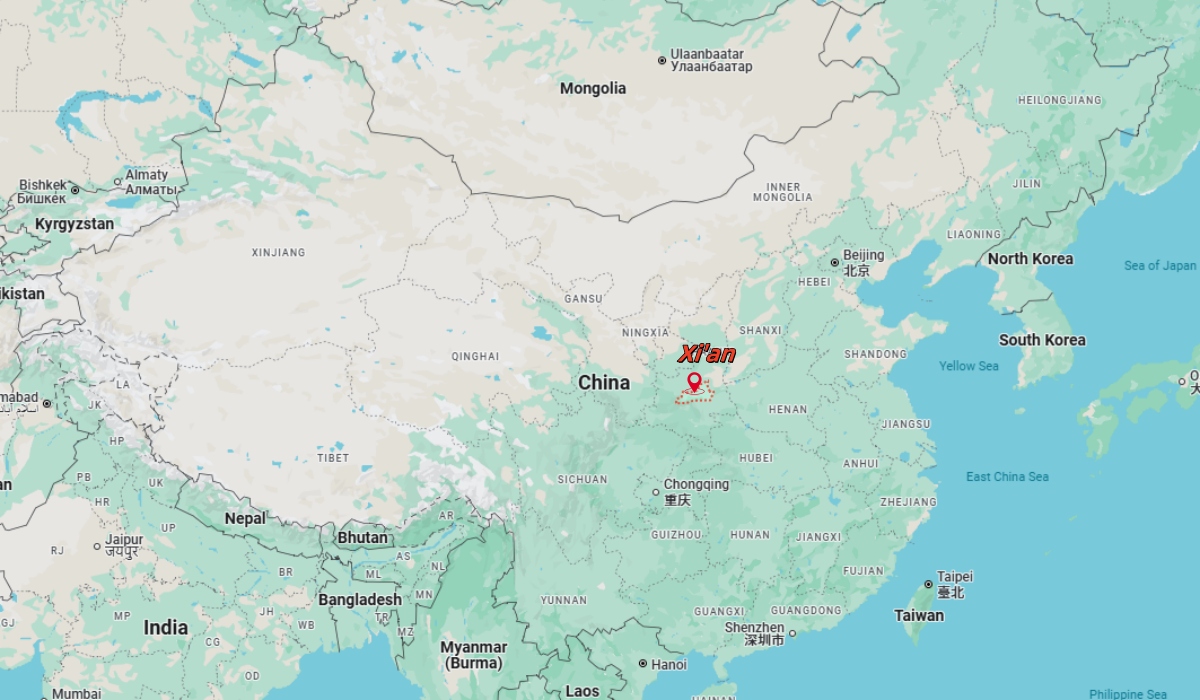
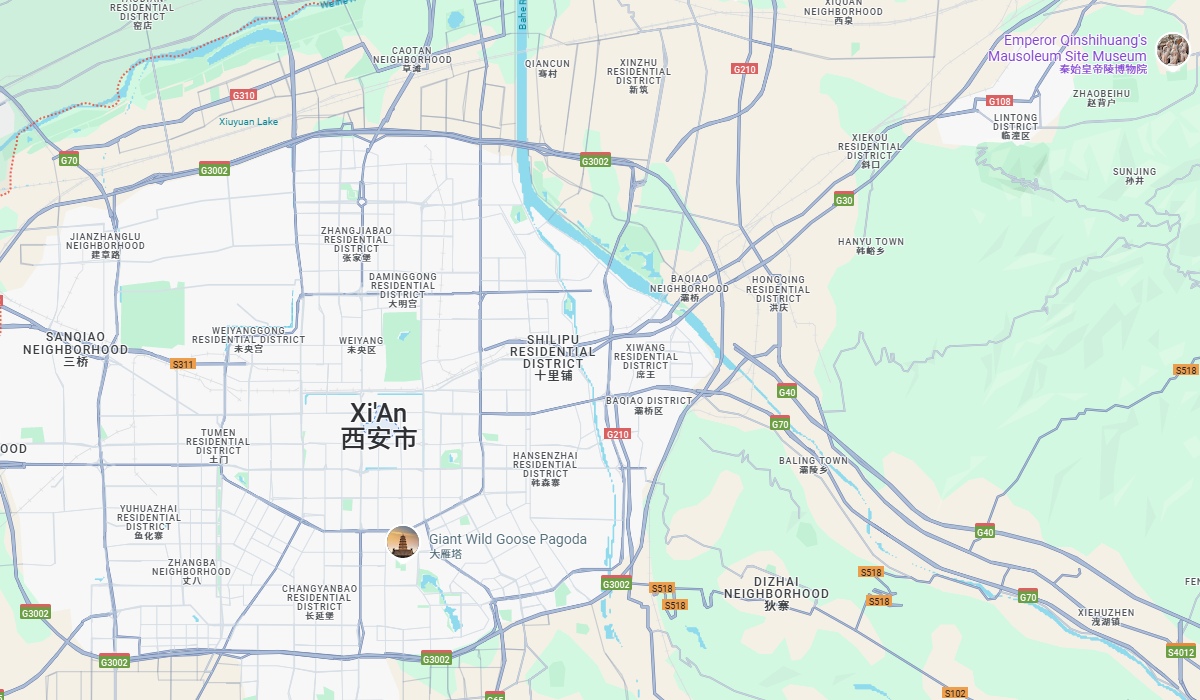
Xi’an’s Role as a Transportation Hub
Xi’an continues to be a major transportation hub in China, connecting different parts of the country and serving as a gateway to the Silk Road:
Xi’an Xianyang International Airport offers domestic and international flights, making it a key access point for Silk Road tourism.
High-speed rail networks link Xi’an with Beijing, Shanghai, Chengdu, Dunhuang, and Urumqi, facilitating travel along the modern Silk Road routes.
Expressways and national highways make road travel convenient for visitors exploring Silk Road destinations.
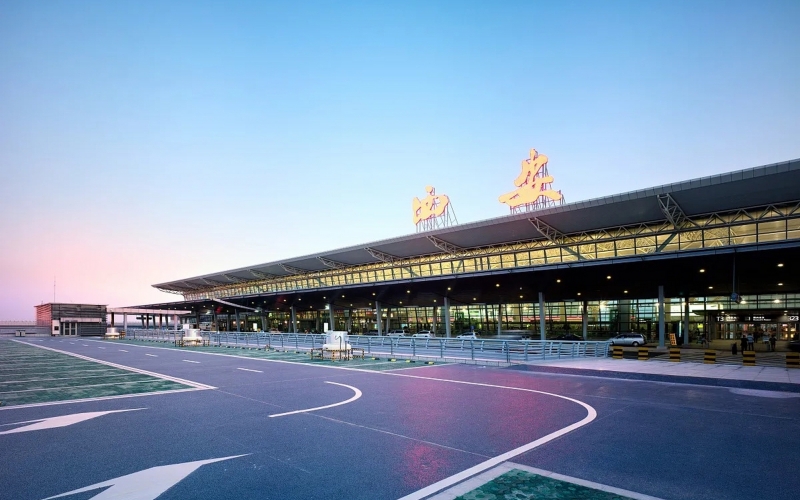
Xi’an’s Importance for Silk Road Tourism
As the eastern starting point of the Silk Road, Xi’an is a must-visit destination for travelers interested in Silk Road history. Key attractions in Xi’an include:
Terracotta Warriors, representing the grandeur of China’s first emperor and a significant historical landmark.
Ancient City Wall, one of the best-preserved city walls in China, symbolizing Xi’an’s historical defense system.
Big Wild Goose Pagoda, an important Buddhist site where monk Xuanzang stored scriptures brought from India via Silk Road routes.
Shaanxi History Museum, showcasing Silk Road artifacts and cultural exchanges between East and West.
You can start your Silk Road journey in Xi’an, then continue westward to cities like Dunhuang, Turpan, and Kashgar, experiencing the rich cultural legacy of this ancient trade route.

